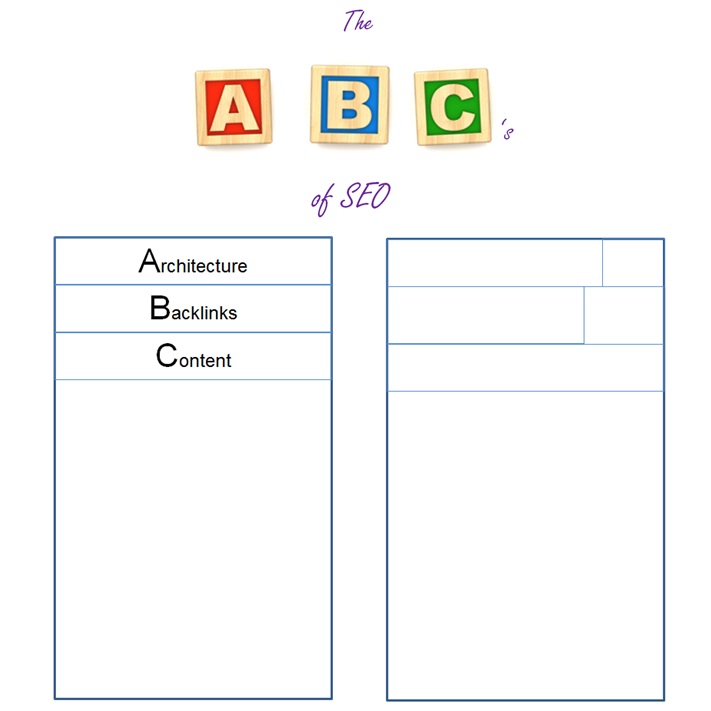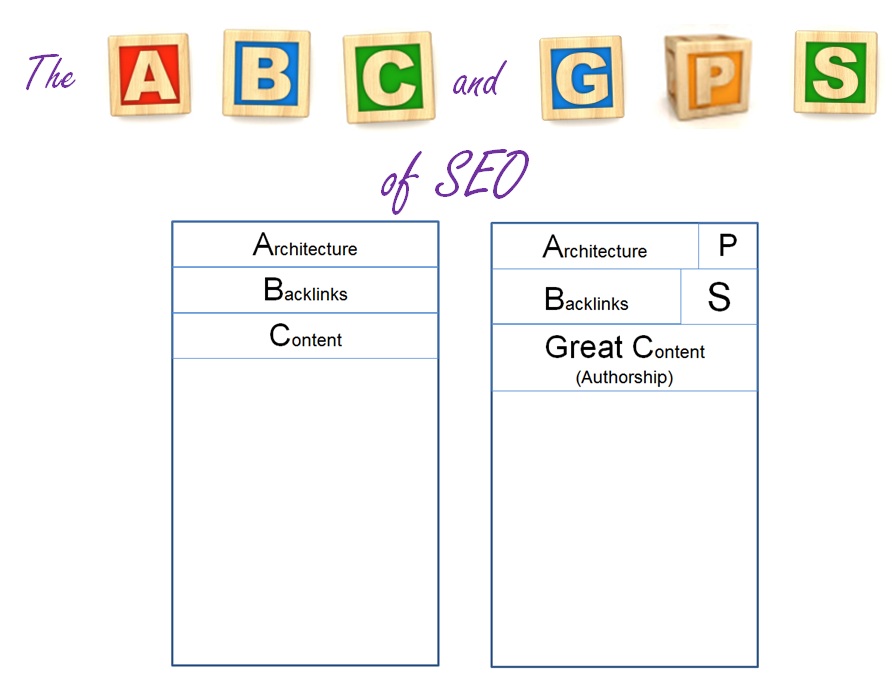The ABC and GPS of SEO
Your SEO Guide to the Google Algorithm in 2013
Over the past year, Google made 2 significant updates to the search engine algorithm – the formula that determines which sites come up at the top of Google searches. We have done a lot of analysis and testing on the new algorithms and search results and here is an SEO (Search Engine Optimization) guide to the key things you need to know for 2013.
Panda & Penguin
The first update was called ‘Panda’ named after Navneet Panda, the Google engineer who led the new algorithm coding project. This update was the first major change to the Google algorithm in over 4 years and it affected over 12% of web search results. Panda primarily looked at website quality. The next update, called Penguin, primarily addressed link quality, links FROM other websites TO your website – more on these updates below.
In a previous article, we outlined the ABC’s of Search Engine Optimization the basic principles of a good Google Search Engine Optimization (SEO) program. A = Architecture: a simple structure for a website with clean code and keyword based internal links. B = Backlinks: links from other important and relevant sites to your website and C = Content: articles, pictures and video filled with the keywords your potential audience would be searching for.

After the Panda and Penguin updates we have determined additional guidelines for your Google search engine optimization strategies, we call these the GPS of SEO.
G = Great Content. Panda was designed to catch low quality content and non-authoritative articles. Now, more than ever, Google is requiring us to develop valuable content that people will bookmark and share, and create websites that people spend time on and engage with as ‘virtual page turners’.
P = Panda. The Panda update was based on thousands of real people analyzing websites, these “quality raters” looked at site design, ease of navigation, trust, authoritative content and about 200 other criteria, and reported back to Navneet Panda and the Google team. Panda created advanced artificial intelligence programs to interpret what the humans saw as site quality. Panda looks to reward well designed, high-quality sites that people like and trust, and to penalize poorly designed sites . (This Google Blog post which has detailed tips for designing high quality sites).
And S = Social Signals. Penguin was designed to find ‘faked’ links, links people paid for and links from unnatural sources. Google had relied heavily on links as a measure to indicate important websites, and over the years companies found ways to trick Google by paying for links and trading links and creating sites just for the purpose of sending links to their websites. Penguin penalized these practices and gave value to a new kind of link: the Social Signal – a Like on Facebook, a Tweet on Twitter or perhaps most valuable +’s (pluses) on Google’s own Social Network Google+. Now Google had legitimate sources for ‘social links’ because you must be logged in to your social network as an individual to make virtual votes for a website.
Additionally, Google has recognized a new measure of link importance which is termed Authorship. Links from highly ‘Liked’ authors with expertise in a subject area are worth more than links from new and unknown individuals. Google is heavily ‘bribing’ us to use Google+, as highly engaged Google+ profiles now positively influence Google results.

In our new diagram above, we now recommend Panda design best practices as a part of Architecture, Social Signals are gaining importance while links become less influential and Great Content, with high ‘Authorship’ Likes, Shares, Tweets and +’s becomes a significant ranking factor.
Good luck taming these black and white animals, with The ABC and GPS SEO guide you can have fun with Penguins and Pandas.

